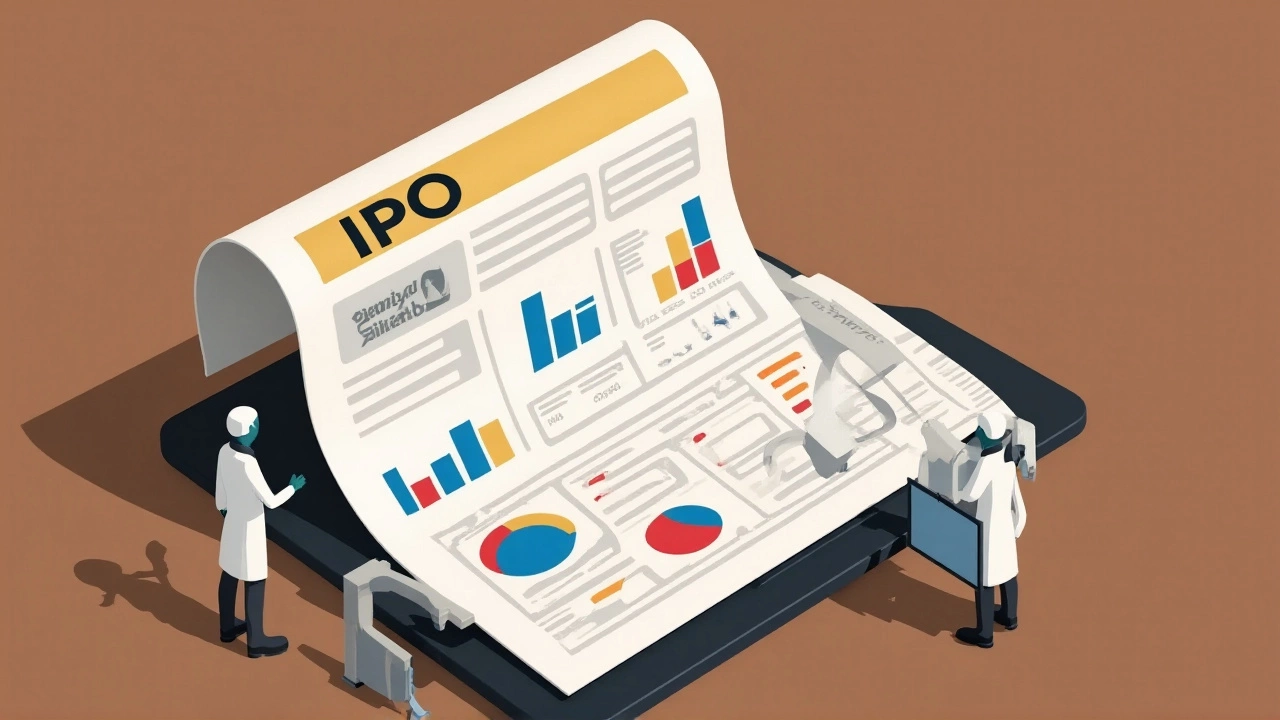Bombay Stock Exchange – Overview and Latest Updates
When talking about Bombay Stock Exchange, India’s oldest and largest stock market, where shares of thousands of companies trade daily, investors get a window into the country’s economy. Also called BSE, it runs the S&P BSE Sensex, a benchmark index that tracks the performance of 30 major firms. The market operates under the oversight of the Securities and Exchange Board of India (SEBI), which sets rules for fair trading. Traders, brokers, and retail investors all meet on this platform to buy and sell equities, derivatives, and ETFs. Understanding how these pieces fit together helps you read market moves and plan your next trade.
The BSE runs on a fully electronic trading system called BSE OnLine Trading (BOLT). Orders are matched in milliseconds, and settlement happens through the Indian clearing corporation within two business days. This speed means prices reflect real‑time supply and demand, and it reduces the chance of manual errors. The exchange also offers a range of market‑wide services – from corporate actions like dividend payouts to authority‑driven initiatives such as the recipe for a smoother IPO process. Because the platform is nation‑wide, investors from any city can log in, place orders, and watch their portfolio evolve without stepping onto a trading floor.
One of the core attractions of the BSE is its depth of listed companies. Over 5,000 firms across sectors such as IT, pharmaceuticals, energy, and finance have their shares listed here. Each company must meet strict eligibility criteria, including minimum paid‑up capital, a track record of profitability, and compliance with corporate governance norms set by SEBI. When a company goes public, its IPO is launched on the BSE, giving retail investors a chance to own a piece of a growing business. The diversity of listings means the market reflects both domestic trends and global influences, making it a reliable barometer for the Indian economy.
The S&P BSE Sensex acts as the market’s pulse. When the Sensex climbs, it signals investor confidence, often translating into higher consumer spending and stronger corporate earnings. A dip, on the other hand, may hint at tightening credit, geopolitical worries, or sector‑specific challenges. Traders watch the index to gauge market sentiment, using it to fine‑tune their strategies – whether they’re buying growth stocks, hedging with futures, or rebalancing a diversified portfolio. Historical data shows that the Sensex has consistently outperformed many global peers over the long term, rewarding patient investors who stay the course.
For anyone looking to trade or invest on the BSE, a solid toolbox is essential. Research reports from brokerages, real‑time price alerts, and technical charts help spot entry points. SEBI’s investor‑education portal offers free guides on risk management, tax implications, and how to read financial statements. Many brokers also provide demo accounts, allowing beginners to practice without risking capital. Staying compliant with SEBI’s KYC (Know Your Customer) norms and understanding the exchange’s fee structure – brokerage, transaction charges, and GST – ensures that your trades are smooth and cost‑effective.
Below you’ll find a curated collection of posts that dive deeper into the topics mentioned – from market‑moving news to practical tips on using BSE tools. Browse through the articles to sharpen your strategy, stay updated on regulatory changes, and discover how the Bombay Stock Exchange shapes the financial landscape of India.
TruAlt Bioenergy & Jinkushal IPOs: Premiums, GMP Gaps and Market Mood
TruAlt Bioenergy and Jinkushal debuted on Oct 3, 2025, with contrasting premiums and missed grey‑market expectations, highlighting a cautious IPO market.
